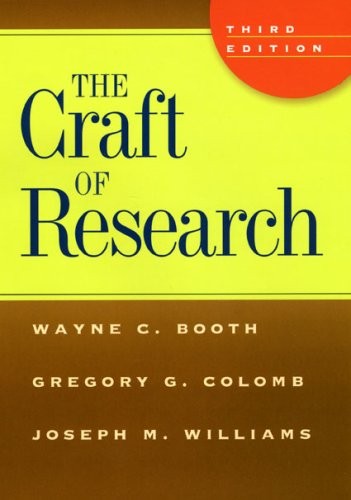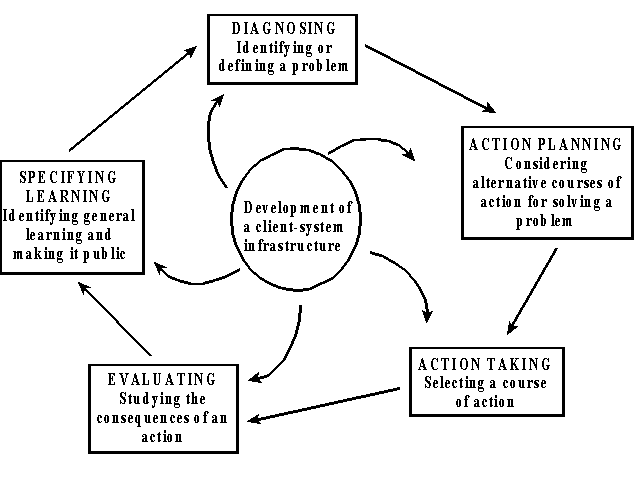OF THE RESEARCH
Post on: 16 Март, 2015 No Comment

estimating the economic impact of the broadband. — Elinoam.com
1. SCOPE OF THE

1. SCOPE OF THE RESEARCH: In the first years of the Roosevelt Administration, two strategies were deployed to face the unemployment challenge, which had reached 24.9% as a result of the Great Depression. On one side, the Secretary of the Interior, Harold Ickes, who was put by President Roosevelt in charge of the Public Works Administration believed that economic rebounding could occur only as a result of large infrastructure works requiring extensive capital investments. It would be a policy built around this effort that would create the necessary bases to take the country out of the Depression. On the othe r hand, Harry Hopkins, who was in charge of FERA (Federal Emergency Relief Administration) considered that the priority remained to create jobs in order to put to work as many people as possible that were presently on relief. According to FERA’s leader, the objective was job creation in projects in which the cost of materials was negligible. Both strategies were confronted when Congress authorized the Executive in 1935 (through the Emergency Relief Appropriations Act) to invest $ 5 billion in order to stimulate the economy (Leuchtenburg, 1963). To some degree, both visions remain valid today and although some economists argue that any stimulus would have to address both job creation and infrastructure deployment, sometimes choices need to be made between one and the othe r. This debate is particularly relevant in the context of the discussion around the broadband stimulus program that has been voted in Congress. How should we assess an investment in broadband Should it be considered as an infrastructure development project necessary to build a platform to foster economic growth 1 Or should, alternatively be conceived as a job-creation policy with only a speculative belief in its future employment multipliers Obviously, the answer could be both. But if that were to be the case, it would be useful to understand how many jobs could be created by the broadband stimulus program, both in the short run (as a result of digging trenches and erecting towers) and in the long run (as result of the potential innovation triggered by a broadband highway that reaches all corners of the nation). In doing so, it would also be pertinent to understand how robust the estimates are in terms of the validation of the research conducted so far on the impact of telecom munications (and information technology) on short-term and long-term employment creation. The objective of this research is to estimate the jobs that can be generated as a result of the grants to be disbursed by the broadband stimulus program. We have relied for purposes of this analysis on the broadband provisions of the conference report on the American Recovery and Reinvestment Act, published on February 13, 2009. 2. STATE OF KNOWLEDGE: The study of the relationship between broadband and employment creation has produced few empirically driven pieces of research. Two types of studies have been conducted so far: a) aggregate cross-sectional research focused on identifying employment and/or 1 The President Obama’s continuous references to the need for the US to improve its current position in the world ranking of broadband penetration (currently 15th according to the OECD) underlines the assumption that broadband and growth go hand in hand. 4














